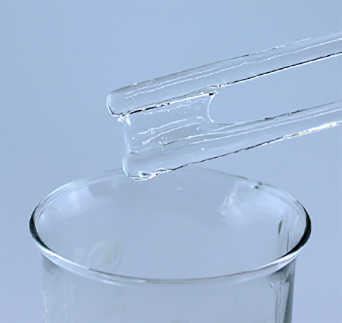
Dec . 07, 2024 13:13 Back to list
hpmc for detergent
HPMC for Detergent A Versatile Additive in Modern Cleaning Products
In the ever-evolving landscape of cleaning products, Hydroxypropyl Methylcellulose (HPMC) has emerged as a vital ingredient, particularly in the formulation of detergents. This cellulose derivative is not just another additive; it offers unique properties that enhance the functionality and performance of detergents. HPMC is a non-ionic, water-soluble polymer that imparts several beneficial characteristics to cleaning formulations, making it increasingly popular among manufacturers and consumers alike.
The Chemistry Behind HPMC
HPMC is synthesized from cellulose, a natural polymer derived from plant cell walls. By chemically modifying cellulose, HPMC achieves water solubility and useful rheological properties. Its structure comprises hydroxypropyl and methoxy groups, which not only contribute to its solubility but also enhance its compatibility with a variety of ingredients typically used in detergents, including surfactants, builders, and enzymes.
Enhancing Cleaning Efficiency
One of the primary advantages of incorporating HPMC into detergent formulations is its ability to improve the cleaning efficiency of these products. HPMC acts as a thickener, stabilizing the formulation and allowing for a uniform distribution of active ingredients. This results in more effective soil suspension and removal during the washing process. By enhancing the viscosity of detergent solutions, HPMC ensures that the product adheres better to surfaces, allowing it to penetrate and break down stains more effectively.
Furthermore, the use of HPMC in detergents can lead to reduced surfactant concentrations while maintaining cleaning efficacy. This not only lowers production costs but also minimizes the environmental impact of the product, aligning with the growing demand for sustainable cleaning solutions.
Improved Stability and Compatibility
HPMC contributes to the overall stability of detergent formulations. It helps to prevent separation of the components, ensuring that the product remains homogenous throughout its shelf life. This stability is critical for both consumers and manufacturers, as it enhances the consumer’s experience by providing consistent performance with every use.
hpmc for detergent

Additionally, HPMC is compatible with various ingredients used in detergents, such as fragrances, dyes, and other polymers. This compatibility allows manufacturers to create multifunctional products that cater to diverse consumer needs without compromising performance.
Functionality Across Different Types of Detergents
Whether in liquid, gel, or powder form, HPMC plays a crucial role in multiple detergent types. For liquid detergents, HPMC helps achieve the desired viscosity, making the product easier to pour and apply. In powdered detergents, it aids in the granulation process, improving flowability and dispensing.
Moreover, the use of HPMC extends to specialty detergents, such as those designed for delicate fabrics or eco-friendly products. Its mildness and non-toxic nature make it an ideal choice for formulations targeting sensitive consumers and environmentally conscious shoppers.
Conclusion
As the demand for effective and eco-friendly cleaning solutions continues to rise, HPMC stands out as a valuable ingredient in the detergent industry. Its ability to enhance cleaning performance, improve stability, and cater to diverse formulation needs positions it as a versatile additive that can adapt to the changing preferences of consumers.
Manufacturers looking to innovate in the detergent market would do well to consider HPMC as part of their formulation strategy. By harnessing the unique properties of HPMC, they can create superior products that not only meet consumer expectations but also contribute to a more sustainable future.
In conclusion, HPMC is more than just a thickener; it is an essential component that elevates the quality and effectiveness of detergents in today's market, ensuring that they meet the higher standards of performance and environmental responsibility sought by consumers worldwide.
-
Versatile Hpmc Uses in Different Industries
NewsJun.19,2025
-
Redispersible Powder's Role in Enhancing Durability of Construction Products
NewsJun.19,2025
-
Hydroxyethyl Cellulose Applications Driving Green Industrial Processes
NewsJun.19,2025
-
Exploring Different Redispersible Polymer Powder
NewsJun.19,2025
-
Choosing the Right Mortar Bonding Agent
NewsJun.19,2025
-
Applications and Significance of China Hpmc in Modern Industries
NewsJun.19,2025







